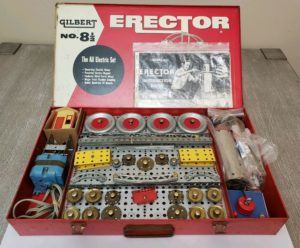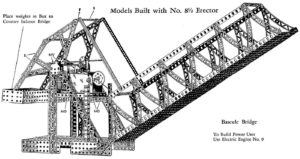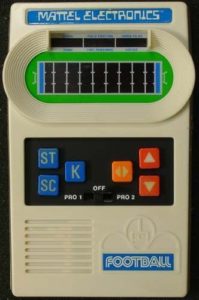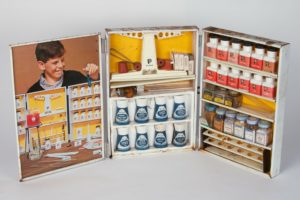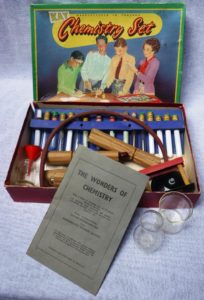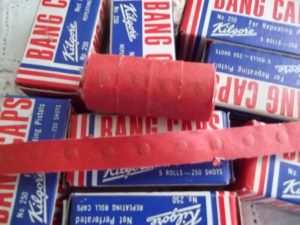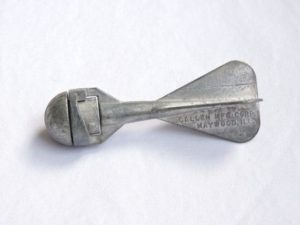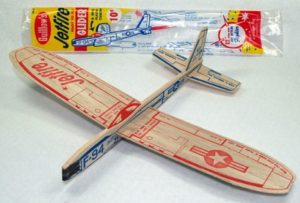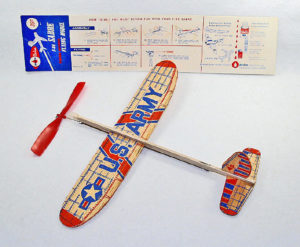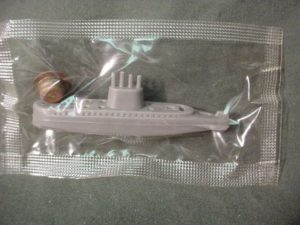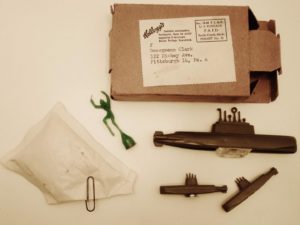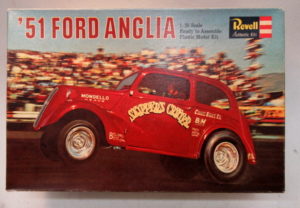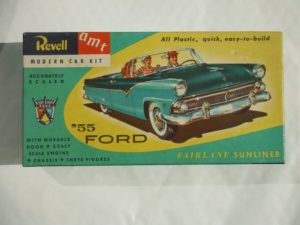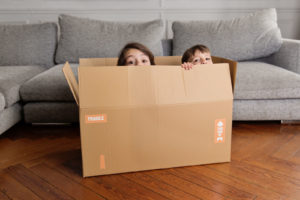
Parents have long been baffled by the strange phenomenon of giving their kids nice gifts, only to see them playing with the box the prize came in rather than the toy itself.
Well, I still have enough kid in me that I can remember what was so cool about playing with big cardboard boxes. You could make absolutely anything out of them! Your imagination was the limit. And they didn’t require assembly! Perhaps a bit of cutting here and there was needed to create just the right structures.
What a kid would do with a box depended largely on its size. A box just big enough to sit in would be, of course, sat in. But that was only the beginning. Sitting in a box might mean driving a race car, or flying a jet, or motoring a tank over the hills. Or, it might just be a good place to crash while watching TV.
Bigger boxes would make good forts. Perhaps a door would be cut in in one side so you could crawl in, and maybe a smaller slit carved for firing one’s weapons at the enemy.
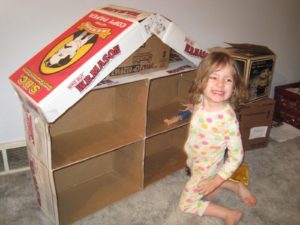
And smaller boxes were also quite desirable to youngsters. G.I. Joe could sit in a miniature box in the same manner that his owner would do so. In fact, I remember my own G.I. Joe using the very box he came in for various wartime exploits.
Bot a box just a bit bigger could be made into Joe’s own fort. What was bonzer about that was that a passing airplane could drop a bomb on the structure and blow the hapless soldier to kingdom come.
Indeed, we kids could be quite sadistic with the plastic warrior. Sometimes the aftermath of such an explosion would involve removing a limb or two for effect as we recreated the horrors of war in our bedrooms. The arms would pop right back on, of course.
Then there were the garage-sized boxes. You would cut windows and a door big enough for a Tonka vehicle to pull inside. Fun stuff.
Playing with boxes is one of those memories we Boomer kids share with all other generations. Medieval children probably had their own version of boxes to have imaginative fun with.
It was fun watching my own kids play with the boxes that their toys came in, and I look forward to watching my grandkids do the same.
Fortunately, some things never change.
